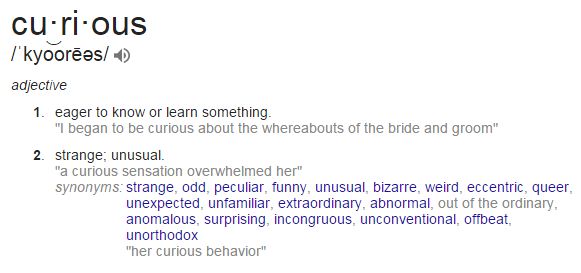
If you concede that class-A is gross on ecological grounds for powers above a few watts, you're left with class-AB. When such "X-talk" contributions have been engineered below audibility, you will still be left with distortion, unless the amplifier's output stage is biased into class-A operation.
#Sidetalk definition driver
A great advantage of amplifiers using MOSFET outputs is that these hostile signals can be more readily limited to the two output supply-rail nodes alone, rather than occurring throughout a number of nodes in preceding driver stages (footnote 10). In power amplifiers in particular, this signal may include strong elements of mains-related signals, and unilateral (half-wave) audio signals in the output stage. Sidetalk introduces to your music a number of signals inside electronic equipment which are quite different from the audio signal at the input and output. Crosstalk is familiar enough, Backtalk obvious enough. If you carelessly call hum "noise," you may be upset when use of a low-noise IC fails to reduce that "noise."Ī great deal of so-called "noise" is really signal feedthrough, the brothers Crosstalk, Backtalk, and Sidetalk.
#Sidetalk definition generator
Hum and buzz are not noise, but periodic signals related to the AC line's generator frequency. Noise is truly a random, stochastic thing. Creative thought requires terms taken for granted to be continually redefined and "error-checked" (footnote 9). Many problems are hidden by sloppy word usage. In designing a new power amplifier over the past two years, I felt I had reduced these defects to below the threshold of concern. Items 1≦ can be reduced to very low levels by good design, which involves choosing (or stumbling across) one of the right combinations of types of parts, topologies, and design philosophies, and extensive testing against the bounds of realistic operating conditions.


The causes include: 1) fundamentally non-linear gain or transconductance, true of all devices 2) opposing devices passing conduction among themselves, alias "crossover distortion," true of class-AB operation 3) mutual mismatch between paralleled devices 4) non-complementarity: pnp and npn devices are rarely truly identical opposites in every respect 5) thermal feedbackwhere temperature changes follow the signal and in turn alter the device characteristics 6) all the other stuff nobody can be bothered to categorize, commonly called "noise"but is it really?

Conventional wisdom has it that the series of harmonics we lump together as measured "THD" are created by diverse nonlinearities, occurring principally in the power devices of well-engineered units.


 0 kommentar(er)
0 kommentar(er)
